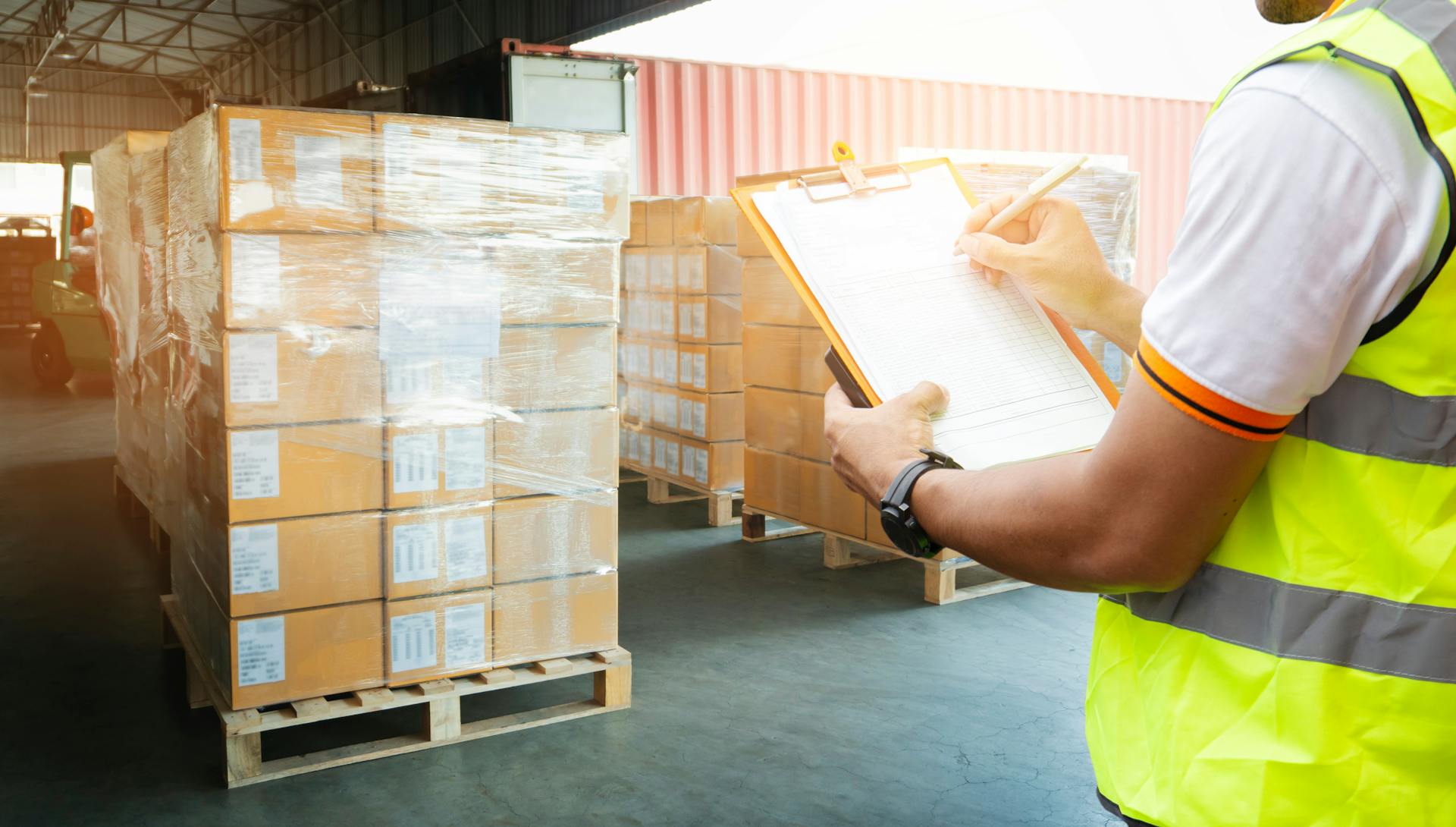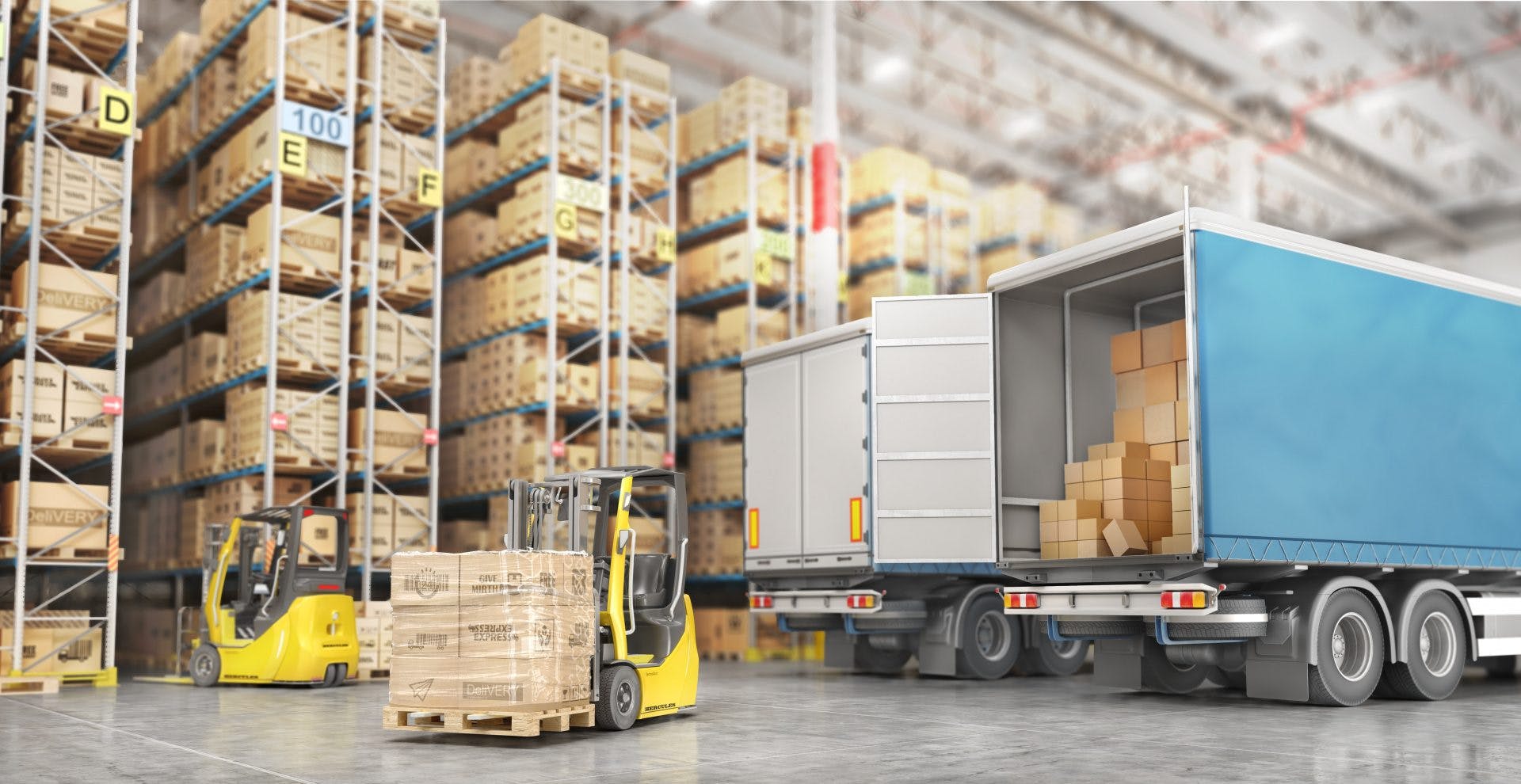Common Challenges in Traditional Logistics Planning
Traditionally, logistics teams estimate capacity based on product volumes. For uniform pallets, this works reasonably well, but mixed pallets or varying pallet sizes complicate the calculation. IT teams often add safety margins to prevent shortages, but this approach can leave money on the table. Studies show KPIs for truck and pallet utilization are frequently overestimated by 5–10%, meaning companies pay for trucks they don’t fully need.
The Modern Solution: 3D Load Building Software
Advanced 3D load building software calculates exact capacity requirements by considering product dimensions, weight, stackability, compatibility, picking and loading strategies, and customer requirements (e.g., allowed pallet types and maximum heights).
By integrating Big Data analytics, logistics teams can go beyond physical constraints. Data-driven insights help answer strategic questions:
- Are current customer agreements optimized?
- Are pallets and carton dimensions used efficiently?
- Can packaging be redesigned to reduce empty space?
Getting Started: A Data-Driven Approach
- Ensure High-Quality Data
Data accuracy is the foundation of optimization. Standardize measurements for length, width, and height across suppliers and customers. Consistently clean, validate, and update your data. - Measure with Effective KPIs
Define KPIs that highlight outliers and inefficiencies. For example, calculate the “Liquified Fill Rate” of pallets—total box volume divided by pallet surface area—to assess loading efficiency. - Analyze Outliers
Perform regular root-cause analyses on unusual results. Positive outliers reveal best practices, while negative outliers pinpoint areas for improvement. - Implement Improvements
Address inefficiencies with process updates, staff training, packaging adjustments, or pallet changes. Repeat the measurement and analysis cycle to continuously optimize operations.
Benefits of Integrating Big Data with 3D Load Building
By combining 3D load building with data analytics, organizations can:
- Reduce wasted transportation capacity and unnecessary costs
- Improve truck and pallet utilization efficiency
- Streamline workflows and improve staff productivity
- Preserve organizational knowledge for long-term operational excellence
- Enhance sustainability by reducing material waste and CO₂ emissions
This integrated approach not only ensures cost savings but also strengthens your competitive advantage in the market.
Conclusion
Modern logistics optimization combines the precision of 3D load planning with the predictive power of Big Data analytics. By embracing a data-driven approach, companies can minimize unnecessary costs, maximize truck and pallet utilization, and improve overall supply chain sustainability.
Talk to our Experts
Discover the full potential of your logistics operation with Big Data and 3D load building. Optimize transportation costs, streamline pallet and carton usage, and make smarter, data-driven decisions today. Request a demo today!

